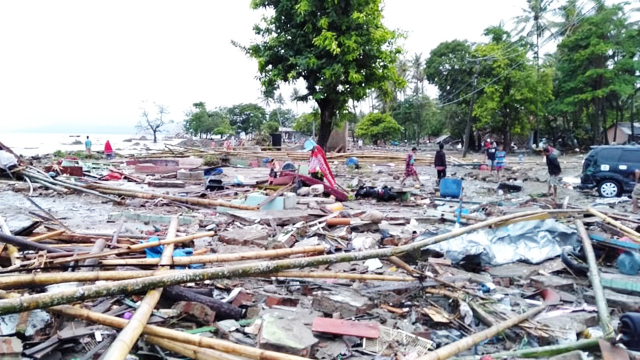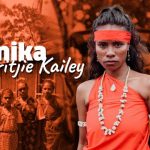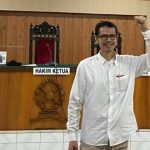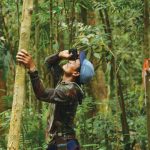Jakarta (Greeners) – Local wisdom is an inseparable part of local communities and their culture. It is passed down generations to generations through folklore, poems or myths. From the folklore, local wisdom related to natural disasters, such as the story of Smong, saved the lives of Simeulue people during the 2004 Tsunami disaster.
Herry Yogaswara, acting head of Population Research Center at the Indonesian Institute for Sciences, said that in 1907, tsunami which local dubbed as smong hit Simeulue island which was kept as collective memory of local people. One poem cited about the disaster and passed on from generations to generations. One of the messages was if earthquakes hit, run to the hills, and ignore the low tides.
“The folklore about earthquake and tsunami exist from long time ago, such as the story of Smong in Simeulue, Aceh. When tsunami hit Aceh on 26 December 2004, though Simeulue was the first to hit, there were only seven casualties,” said Yogaswara to Greeners on Tuesday (08/01/2019).
Based on historical and geological records, tsunami hit Simeulue island in 1797, 1861, and 1907.
READ ALSO: Experts Push Indonesian Government to Audit Spatial Planning Laws
Furthermore, he said that local wisdom can be a reference for disaster mitigation education as adapted from local characteristics and renewed in accordance to latest disaster events. The closeness with nature arms local communities for independent rescues. Unfortunately, not all local wisdom are known to local people.
Amran Tambaru, director of Palu Merah Putih Foundation, said that massive casualties in Palu, last September, was caused by lack of local wisdom knowledge.
“In the two locations of liquefaction in Palu, traditionally, they were water conservation areas, which were marked by the names and explanations by living elders,” said Tambaru.
READ ALSO: Indonesian Scientists to Develop Laser Tsunami Censor, Better than Buoy System
Furthermore, he said that there are indigenous communities with local wisdom in Palu. These communities, he said, have knowledge on how to survive disasters, such as earthquake and tsunami.
Sigi and Palu districts also have indigenous communities with strict customary laws.
“There are Kulawi, Wana Persangke, Wana Ngabulan, Tojo Una-una, and Morowali indigenous communities. They have pretty good customary knowledge on disasters, such as evacuation route for children and families, alternate local foods during evacution and knows building natural building construction adaptable with disasters,” he said.
He regrets that the knowledge was not used as the reference for disaster mitigation by regional administration.
He said that local wisdom on disaster mitigation can be appreciated by including it into local curriculum and continuous training.
“My hope is that modern knowledge synergized with local wisdom. There will be benefits and shortcomings but the point is to reduce casualties,” he said.
Reports by Dewi Purningsih



















































